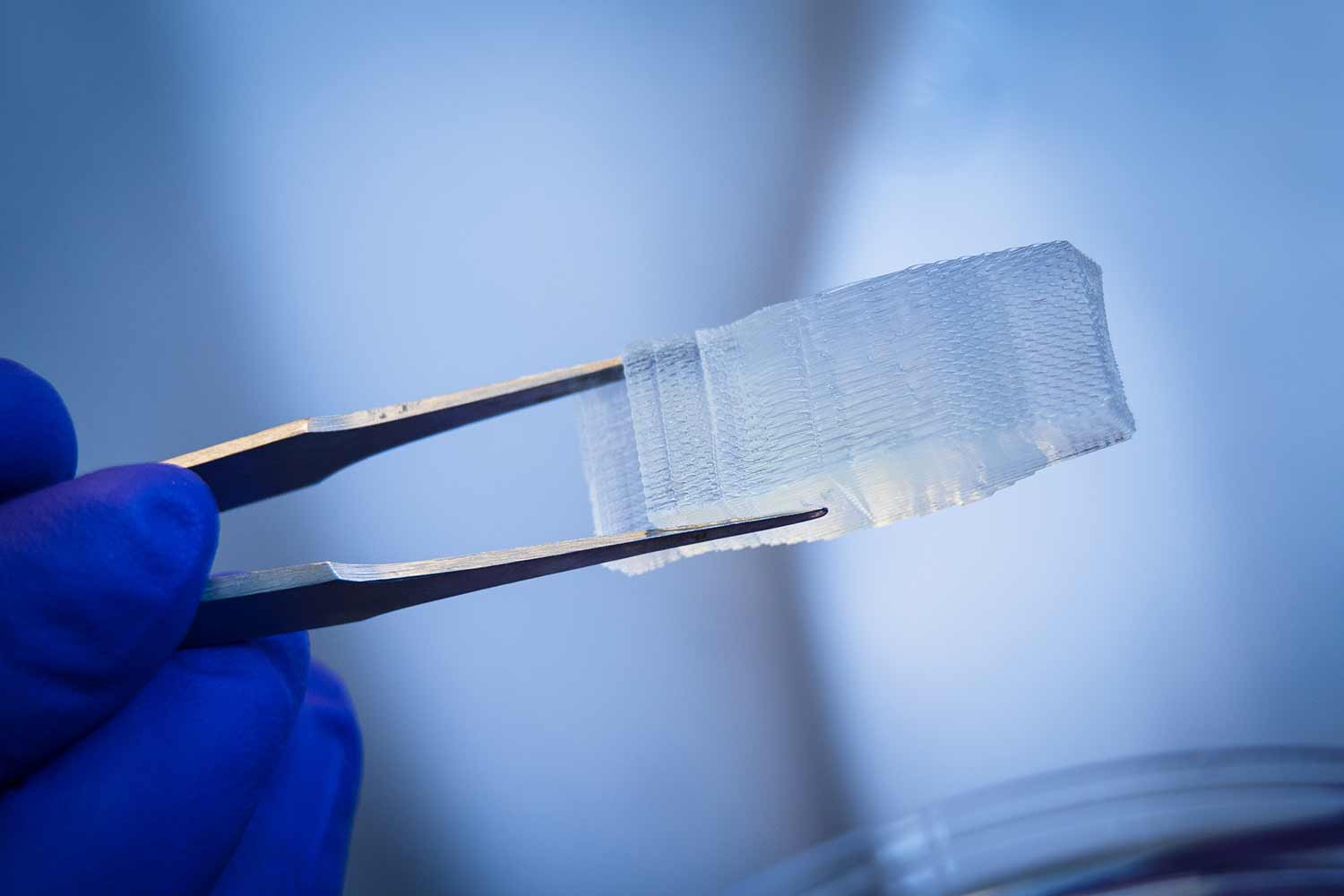Stem cell therapy is an area of medical research and practice that uses specialized cells to support the body’s natural repair processes. These cells can be sourced in different ways and may be prepared for use through various laboratory methods. In injury recovery, the approach focuses on providing additional cellular support to affected tissues. While research continues to evolve, stem cell therapy has been explored for different types of musculoskeletal injuries, including some related to back pain.
How Are Techniques in Stem Cell Therapy Changing?
Over the past decade, there has been a shift toward more targeted delivery methods. This means practitioners are exploring ways to place stem cells directly in the area of concern rather than relying on general distribution through the bloodstream. Advances in imaging technology have also made it possible to better guide placement. Laboratory techniques are improving cell preparation, with some approaches focusing on enhancing cell concentration before use.
When someone experiences an injury, the body naturally works to repair the affected area. Stem cell therapy is being studied as a way to potentially support this process. For individuals with persistent discomfort, including some forms of back pain, the idea is to supplement the body’s own healing mechanisms. While outcomes can vary, some people explore stem cell therapy as part of a broader recovery plan that may also include physical therapy, exercise, or other treatments recommended by healthcare providers.
What Are the Emerging Delivery Methods?
Innovative delivery methods include ultrasound-guided injections, which aim to place stem cells precisely where they are needed. There is also ongoing investigation into using scaffolds—biodegradable structures that can hold stem cells in place—so they remain at the target site longer. Researchers are examining whether these methods may influence how the cells interact with injured tissue over time.
Suitability for stem cell therapy depends on many factors, including the type of injury, the person’s overall health, and any prior treatments. Practitioners often conduct a thorough assessment, which may involve reviewing medical history, current symptoms, and imaging results. This step is key for setting realistic expectations and ensuring the therapy fits within a broader care plan.
Ethical standards guide how stem cells are sourced and used. Regulations vary by region, but reputable providers follow established guidelines for collection, handling, and patient consent. Transparency about the source of cells, the preparation method, and the intended use helps patients make informed choices.
What Is the Role of Ongoing Research?
Ongoing research is a key driver of innovation in stem cell therapy. Clinical studies are looking at different types of stem cells, their potential applications, and how delivery techniques can be refined. This research not only informs medical practice but also shapes public understanding of what the therapy may realistically offer.
Consider Stem Cell Therapy for Back Pain
Anyone considering stem cell therapy should take time to review available information, ask questions, and compare it with other treatment options. Discussing the potential benefits, risks, and costs with a qualified healthcare provider can help make sure decisions are based on accurate, up-to-date knowledge. For those dealing with injuries or conditions like back pain, stem cell therapy may be one of several approaches to consider in collaboration with a care team.

